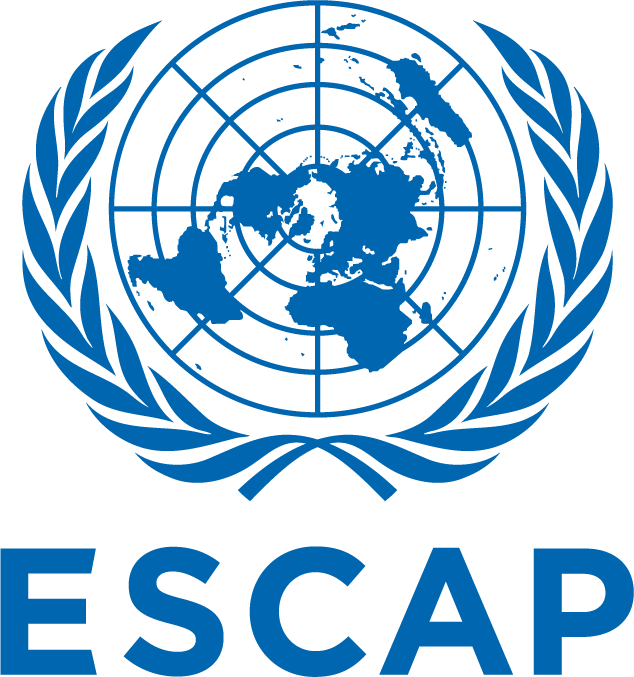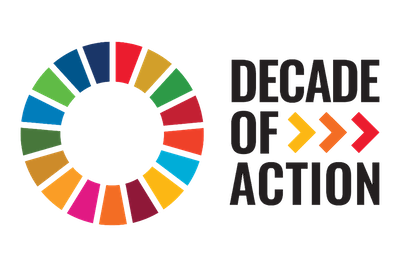The Early Warnings For All initiative (EW4All) was formally launched by the UN Secretary-General in November 2022 at the COP27 meeting in Sharm El-Sheikh.
The Initiative calls for the whole world to be covered by an early warning system by the end of 2027.
The Executive Action Plan articulates four pillars for implementation:
- Pillar 1: Risk Knowledge and Management
- Pillar 2: Observations and Forecasting
- Pillar 3: Dissemination and Communication
- Pillar 4: Preparedness to Respond


Inclusive and multi-hazard early warning systems are one of the most effective ways to save lives and livelihoods in advance of a climate- or non-climate hazard.
Countries with limited early warning coverage have disaster mortality that is eight times higher than countries with substantial to comprehensive coverage.
However, only half of the countries worldwide report being equipped with the capability to alert their citizens about impending hazardous weather conditions.
Coverage is less than 50 per cent in Less Developed Countries and only one-third among Small Island Developing States.
The UN Executive Action Plan 2023-2027 of the Early Warnings for All Initiative has been piloted in 30 countries globally including 11 countries in Asia and the Pacific:
- Bangladesh
- Cambodia
- Fiji
- Kiribati
- Lao PDR
- Maldives
- Nepal
- Samoa
- Solomon Islands
- Tonga
- Tajikistan

1.
Develop early warning systems for all at the regional level
- ESCAP Resolution 79/1: Accelerating climate action for sustainable development (May 2023)
2.
Further develop and implement a regional strategy in support of the global and country-level implementation of the four pillars of multi-hazard early warning systems
- ESCAP Committee on Disaster Risk Reduction (July 25-27, 2023)
3.
Build national capacities by leveraging innovations, including digital and geospatial applications for early warning systems
- ESCAP Committee on Disaster Risk Reduction (July 25-27, 2023)
4.
20th Anniversary of Indian Ocean Tsunami and contributions to ESCAP Trust fund to achieve early warnings for all
- ESCAP Committee on Disaster Risk Reduction (July 25-27, 2023)

Regional and Subregional Activities

ESCAP has longstanding partnerships with regional climate outlook forums (RCOFs) such as:
- ASEAN Climate Outlook Forum (ASEANCOF)
- Forum on Regional Climate Monitoring-Assessment-Prediction for Asia (FOCRAII)
- North Eurasian Climate Outlook Forum (NEACOF)
- South Asian Climate Outlook Forum (SASCOF)
- Third Pole Climate Forum (TPCF)
Leveraging seasonal climate forecasts from these forums, ESCAP has provided impact-based forecasting (IBF), which evaluates potential impacts on key sectors such as agriculture, energy, and infrastructure.
This approach equips countries with actionable insights, enabling anticipatory planning and fostering resilience.
Click the image below to see IBF using seasonal forecast data from RCOFs

Country Level Activities

Under Pillar 1: Disaster Risk Knowledge, ESCAP has developed and delivered downscaled climate and hazard projection data relevant to each country, including temperature, precipitation, heatwaves, floods, droughts, landslides, glacial lake outburst floods (GLOF), surface wind, and sea level rise to Cambodia, Maldives, Nepal, and Tajikistan.
For Pillar 2: Observations and Forecasting, ESCAP has conducted hands-on training on impact-based forecasting. These sessions utilized seasonal forecasting data on temperature and precipitation at the subregional level, as well as locally available forecasting data, to enhance capacity for anticipatory planning.
Click country names above to see customized analyses for each country

Source: #EarlyWarningsForAll: Campaign Assets & Outreach.



